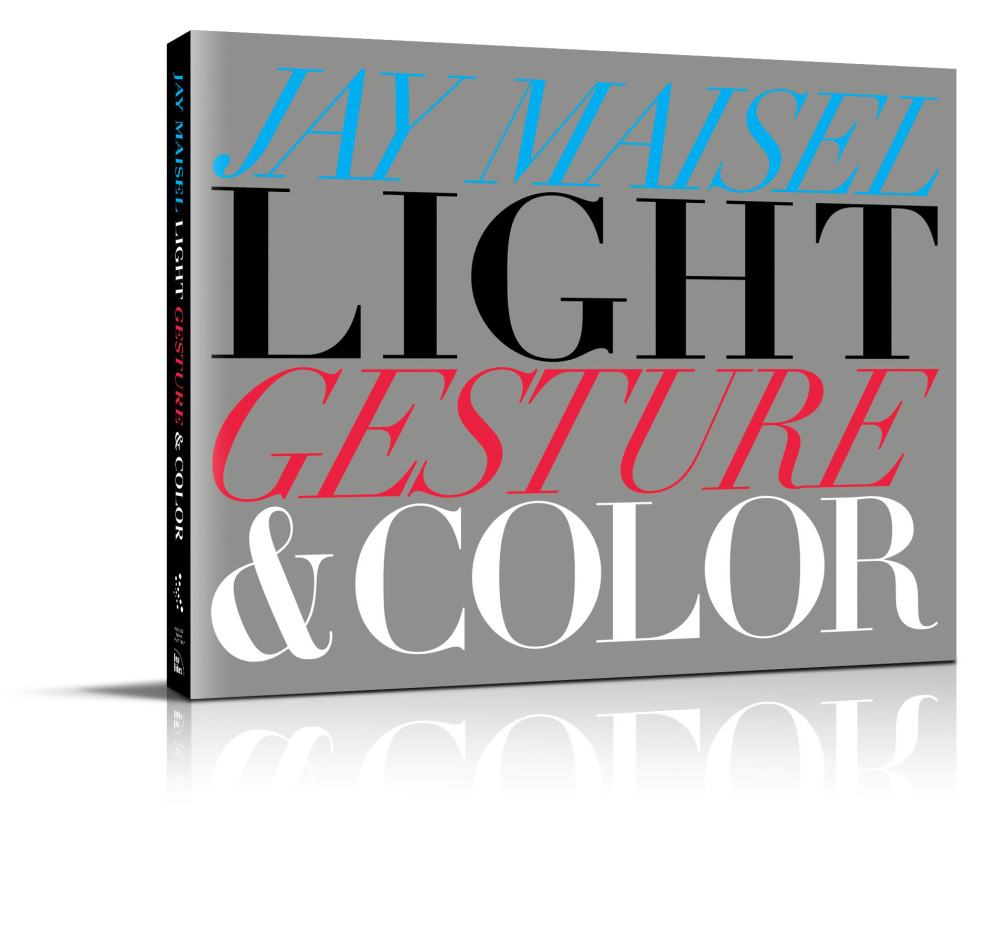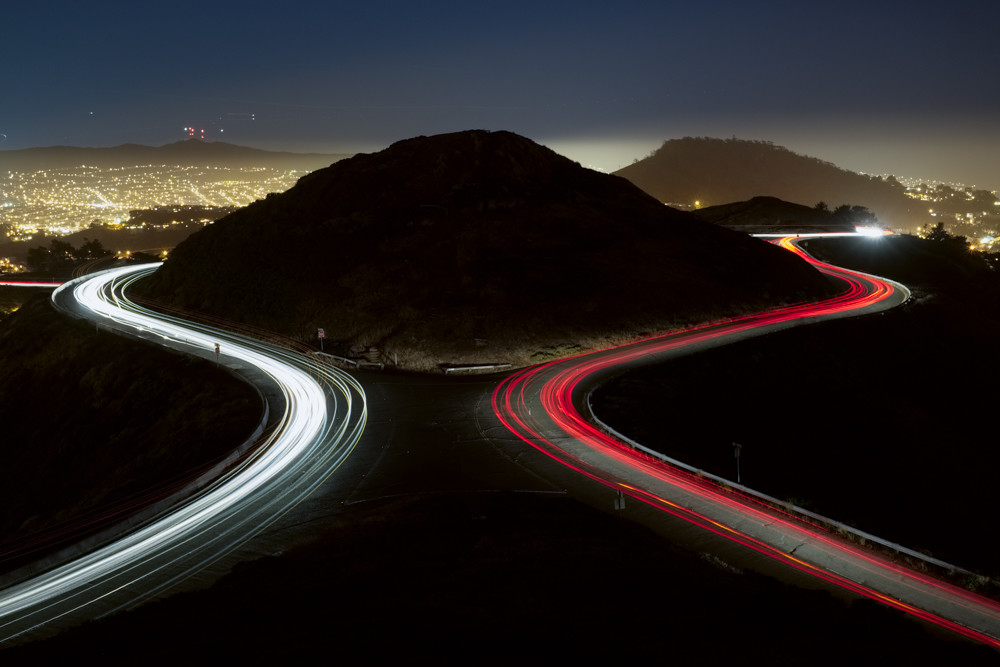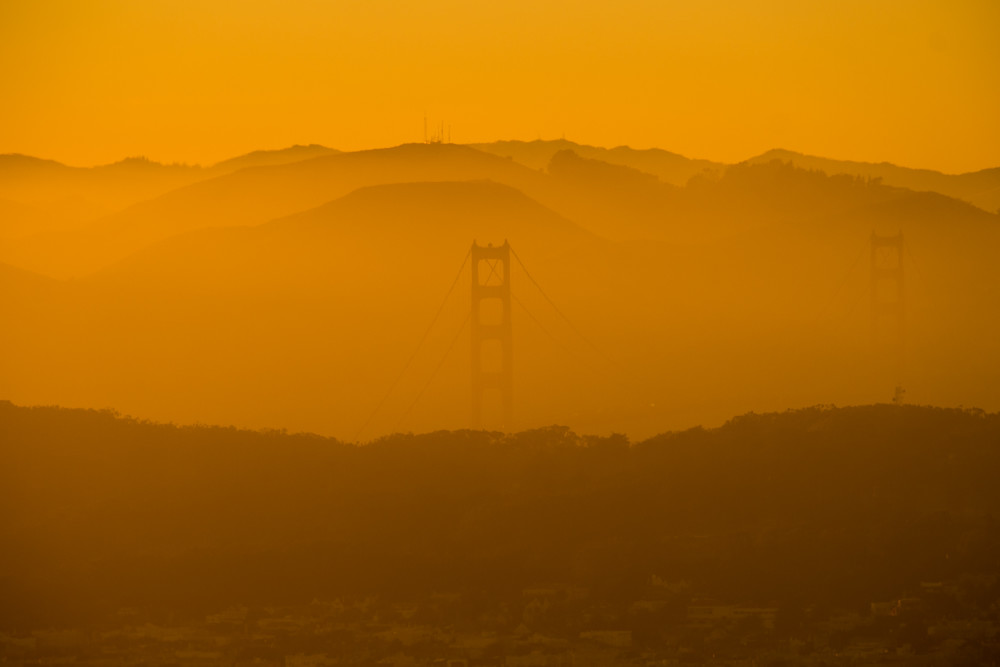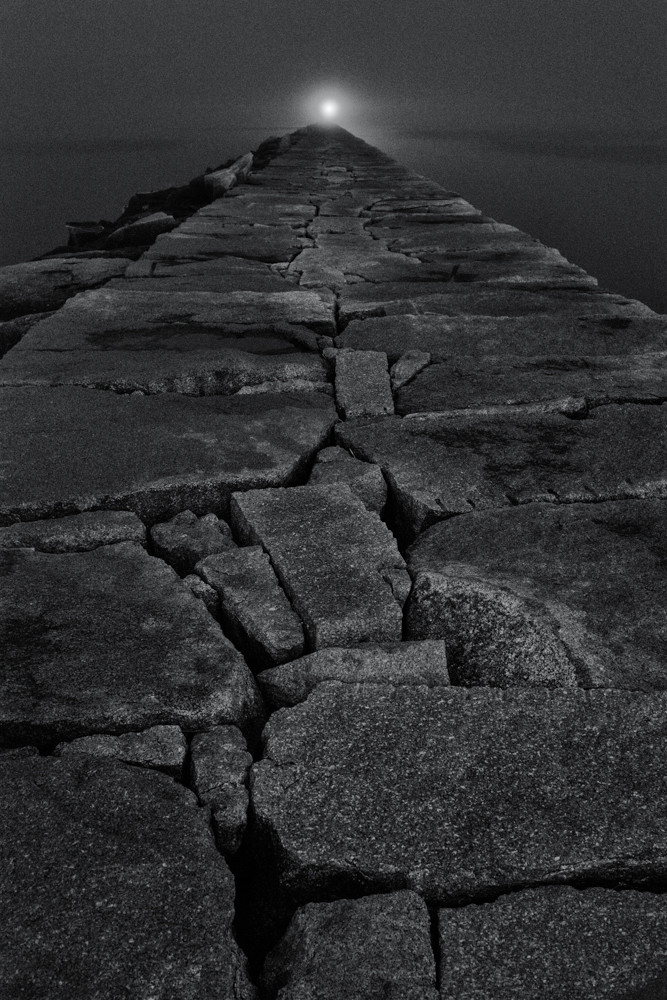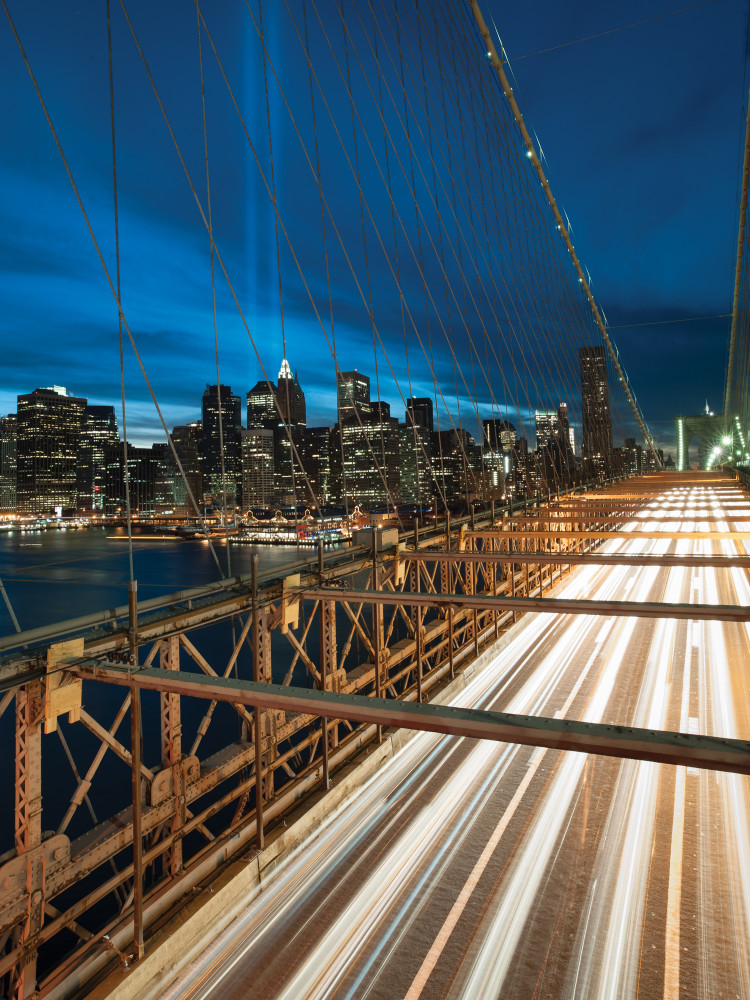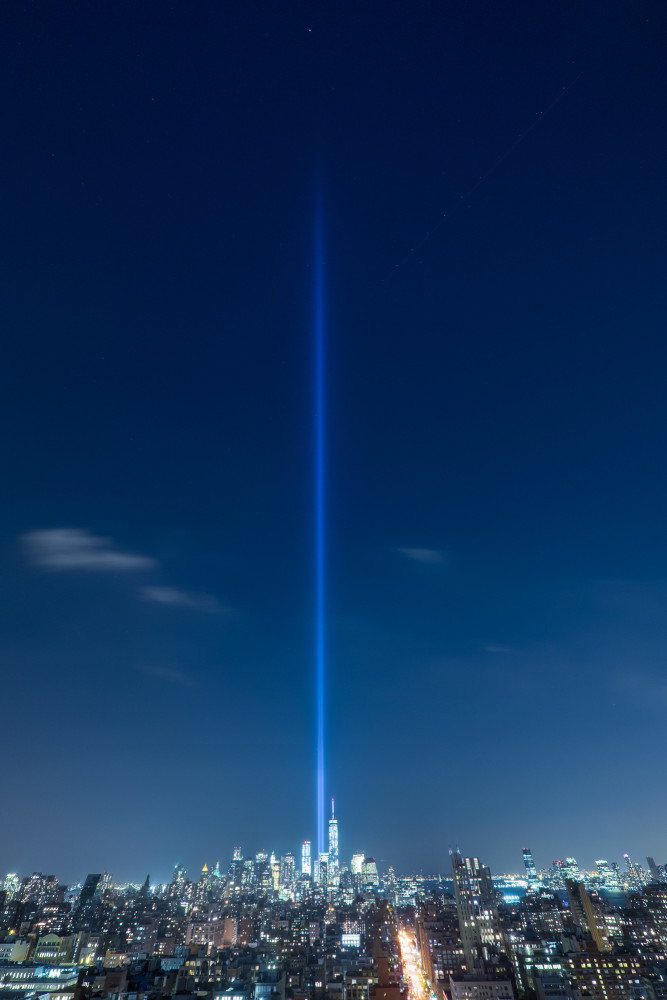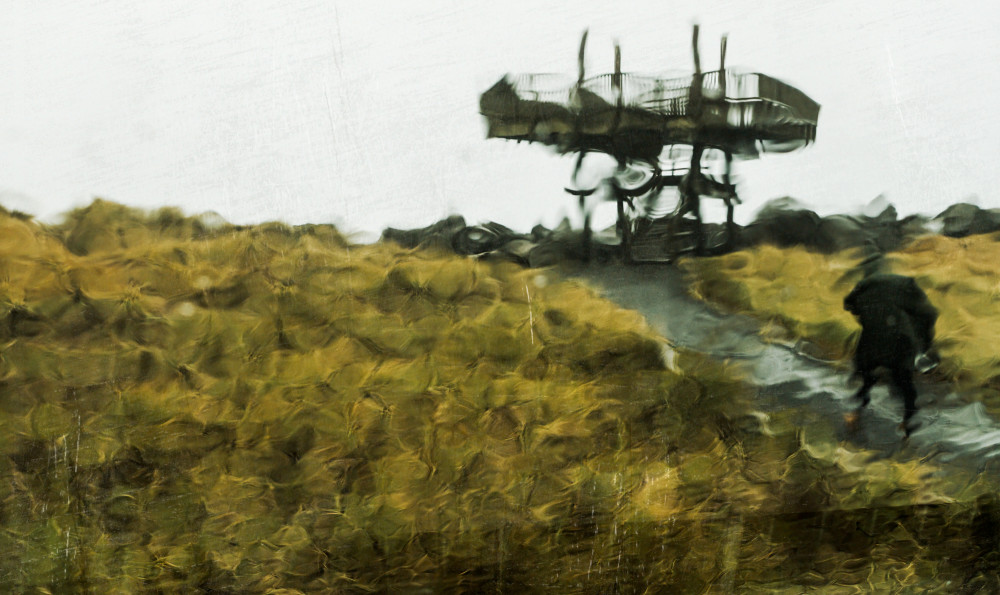I originally wrote the below 10 tips on Creativity for a B&H feature on Inspiration for the New Year. I recommend checking out the 13 other articles, as each person contributed their unique take on what inspires them. I wanted to continue this dialogue on ruinism and add a little incentive. I recently picked up a copy of Jay Maisel’ s latest book, Light, Gesture, and Color.
Jay is the king of color and creativity and even if you are not a photographer – this book is guaranteed to inspire and give you a deeper understanding of how to see the world. I have to say that when I flipped through the 240 images, I was surprised to see very little text accompanying the book. Jay simply and concisely shares his insight into making each image. I was able to devour the book in less than 2 hours and I am so excited to go make some images right now! But before I do that I want to share a copy of this book if you’ll share a little bit of you.
All you have to do is leave a comment below and your name will be thrown into one of my hats.
The comment can be anything – a reaction to the below tips, what or who inspires you, or what are you looking forward to exploring in 2015.
I’ll pick a winner and announce it this Sunday – get ready to be inspired by one of the best! (International winners will receive the ebook version of this book)
Creatively speaking, I really enjoyed 2014. My book, Night Photography: From Snapshots to Great Shots, was officially released and I was able to do the fun part – share my vision with the world! The feedback that I’ve received – either from the various social channels, reviews, or workshops has been incredible.
After a year of shooting and writing for the book, it was great to finally get back out there and shoot for myself. I just did a recent blog where I pored over my work of 2014 and compiled “my year in review“. If you haven’t done it yourself, I highly recommend it. It is an inspiring way to assess your work and get focused for the upcoming year. I was really proud of what I produced last year, but I feel like my vision has become a bit “comfortable”. Now, I feel ready to challenge myself and take it to the next level. It’s as exciting as riding a bike for the first time – you are moving, or in the photographer’s case, seeing in a whole new way. When we are in this early exploratory vision-quest phase, it is very important to really focus and feel.
So, I’d like to share my ten tips that have been fueling my creativity as of late. They’ve always been in my mind and some might seem obvious to you, but I’ve always found that ideas will stay in the forefront of our brain if we write them done and abide by them!
Tap into your mind’s eye
Who you are as a photographer should correlate with who you are as a person. You should make, not take pictures. Even journalists have a unique way of how they see the world. If you are new to photography, experiment with different styles – documentary, fine art, portraits, etc. Find which one resonates with your vision. But try not to let the photographic style dictate your vision. I have been shooting for 18 years, but I am amazed at how I continue to learn and change all the time! If you want to express yourself you need to know yourself – so make sure you set aside some quality time to delve into your mind’s eye. What do you see? What do you feel? How do you get over pain or express wonderment? Dig deep into your emotions and passions and try to express yourself with a camera and lens.
Hone your vision
Practice makes perfect and repetition leads to consistency. This will help marry your mind’s eye to the tools you are using to express yourself. When you trip that shutter, it is just the beginning and your post process work also needs to be crafted. Your vision will not just come after the 10,000th shot and you’ll need to develop many images to find your look. Push those sliders to the max and then bring it back. Do you see in black and white or slightly desaturated color? You can try different “looks” for different subject matter but your vision should be true.
Be inspired by others
When you go to a museum, read a book, or watch a movie – discuss, process, and get jazzed by it. I remember getting into a huge debate with two older women while walking through Christo and Jeanne-Claude’s The Gates during a snowstorm in Central Park. They were complaining about how garish the orange gates were and I was dumbfounded. I tried to explain that, hey, this is forcing you to see your park and your environment in a whole new way – isn’t that exciting? Even if you still don’t like it, that’s ok, but we probably never would have talked and had this debate if it wasn’t for this art project. I always feel excited and eager to create something after experiencing art – whether I liked it or whether it inspires me to retaliate with my point of view.
Utilize gear to push the vision further
I just spent some time going through a bunch of my early film work, and don’t get me wrong, I love the process of film, but the digital years have been extremely prolific. There is definitely an overall growth, but the instant feedback allows me to experiment more. We are exposed to a plethora of amazing technology and it just keeps getting better. Cameras are constantly capable of capturing more information. We can practically see in the dark with cleaner and higher ISOs than ever before. Lenses are our eyes to the world and there is so much to explore – have you ever shot with a 1.2 or 1.4 lens? If not, you are missing out on a literally, eye-opening experience. Macro, pinhole, lensbaby, tilt shift, and the nifty fifty all will help you see and share the world in different ways. I knew I could isolate the “Night Island” of Twin Peaks with car trails coming and leaving, but couldn’t have done it without the help of the HiTech’s 6 stop IRND filter.
The more you know about your subject, the better you’ll understand it and have the opportunity to tell a richer story. If you were assigned to photograph a person, you would research them, find a common bond that would help you connect and create something special. The same preparedness should be approached when planning a location shoot. The Twin Peaks Park website even notes that most visitors are swept away by the majestic views of the city from the parking/viewing lots and don’t venture to the actual Peak. I knew the shot I wanted to create would need to be taken at night, but because I was scouting the location, I arrived before twilight and got this spectacular sunset shot.
Work it
Slow down, take your time, and finesse the composition. There are always obvious angles and dramatic scenes can easily overwhelm us. Don’t settle for the typical shot. Walk around and study the scene and create something unique. Lighthouses are wonderful subject matter but often shot very “landscapey”. The Breakwater Lighthouse is more about how the puzzle piece stones lead your eyes to the beacon of light in the fog.
Be Open –
Pre-visualize, of course, but learn to let go. You can do all the scouting and preparation and still hit a wall. I was shooting on the Brooklyn Bridge trying to create this ghost story imagery and it just wasn’t working. So I stopped, took a deep breath, and took in the scene. Where was the essence of this place? I took seventeen steps forward and saw the movement, the lines, and the sweet twilight complement the golden hour.
Go in with a plan, but also don’t lose sight of what is happening around you.
Revisit locations and challenge yourself
I love the challenge of revisiting the same places or subject matter and trying to find new interpretations. I’ve shot the Tribute to Light many times and this year went back to a previous point of view. This time I brought totally different lenses – a super wide and a telephoto. This forced me into a fresh perspective. The first time I shot here, I chose a more “standard” 35mm viewpoint. The super-wide vision blew me away. For the first time I saw the “end of the lights”. Look closely at the top of the shot, that bright white dot is our previous north star, about several thousand years ago, which is called Vega.
Share it
Thumbs up on FB are nice and reassuring, but constructive criticism will make you even stronger. Get your portfolio reviewed, ask for feedback from your peers and people you respect. Are they seeing what you are showing them? What seems obvious to us might be mish mash of light and shadows to someone who wasn’t there when you took the picture.
I’ve joined several focused FB groups for the sole purpose of opening a discussion about our work. Use meetup groups or camera clubs to get together with like-minded folks and shoot & share on more photo centric sites like Flickr or 500px. I enjoy the challenge of going to the same location with friends, and each coming back with our particular take one the place. There is definitely a friendly competition to see who gets the best shot. But in the end, with more eyes interpreting the place, you will share a more complete story.
Keep Exploring
The wonder, the excitement, the journey all must be lived. For this shot of John taking the fort during a sideways torrential downpour, I wisely stayed back in the car and experimented with bending light through the wet windshield.
Shoot things that you love but look for new ways to abstract and interpret them.
Take yourself out of your comfort zone and let the raw energy of something new take over. Get to the essence of who you are and in 2015 keep exploring those visions!
